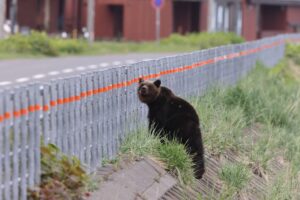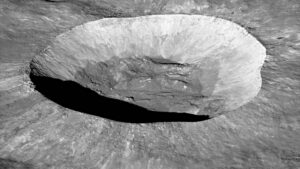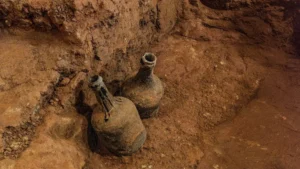A group of scientists trawling through the original batch of James Webb Telescope images have discovered galaxies mature enough to challenge existing notions of how our universe works.
The telescope’s infrared-sensing tools are sensitive enough to detect light from galaxies almost 13.5 billion light-years away. When NASA and the European Space Agency (ESA) released their first trove of James Webb images in July 2022, scientists Joel Leja and Dr. Erica Nelson poured over the data expecting to find young galaxies. After all, 13.5 billion years is pretty close to our current understanding of when the universe began.
But much to the surprise of Leja, Nelson, and their co-authors on a paper published in Nature, the six galaxies they discovered were as mature as the Milky Way is today. Scientists can judge the maturity of galaxies by their size and density. And these were much bigger and denser than they should have been.

Images of the six galaxies, seen 500-700 million years after the Big Bang. All the galaxies are larger than scientists expected, calling into question existing models of the universe’s formation. Credit: NASA, ESA, CSA, I. Labbe. Image processing: G. Brammer
“These objects are way more massive than anyone expected,” Leja, assistant professor of astronomy and astrophysics at Penn State, said in an interview. “We expected only to find tiny, young, baby galaxies at this point in time, but we’ve discovered galaxies as mature as our own in what was previously understood to be the dawn of the universe.”
Is the universe much older than we think?
While Leja urges a healthy dose of scientific caution, he admits that the new data challenges existing theories.
“This is our first glimpse back this far, so it’s important that we keep an open mind about what we are seeing,” Leja said. “While the data indicates they are likely galaxies, I think there is a real possibility that a few of these objects turn out to be obscured supermassive black holes. Regardless, the amount of mass we discovered means that the known mass in stars at this period of our universe is up to 100 times greater than we had previously thought…It calls the whole picture of early galaxy formation into question.”
Bananas
As always with the James Webb Telescope, the discovery hinges on the telescope’s sensitive, game-changing infrared equipment.
As light travels across the cosmos, it becomes more red, according to The Guardian. It was the red hue of the images that tipped Dr. Nelson that she’d found extremely old galaxies.
James Webb telescope detects evidence of ancient ‘universe breaker’ galaxies https://t.co/9YrCqaOJCF
— Guardian news (@guardiannews) February 22, 2023
“The discovery of such massive galaxies so soon after the big bang suggests that the dark ages may not have been so dark after all, and that the universe may have been awash with star formation far earlier than we thought,” Dr. Emma Chapman, an astrophysicist at the University of Nottingham, told The Guardian.
Or, as Dr. Nelson put it:
“It’s bananas.”






